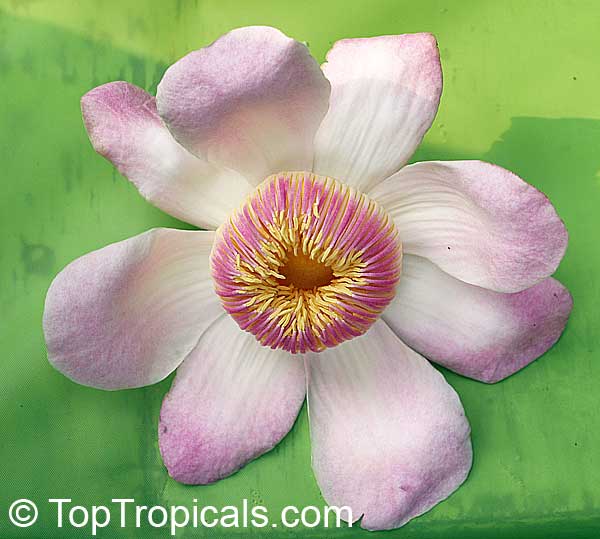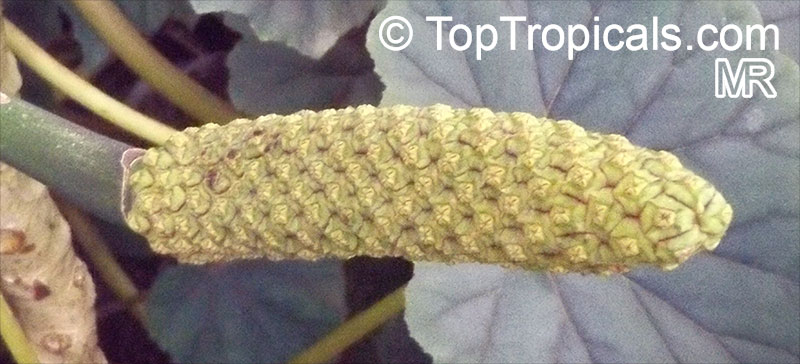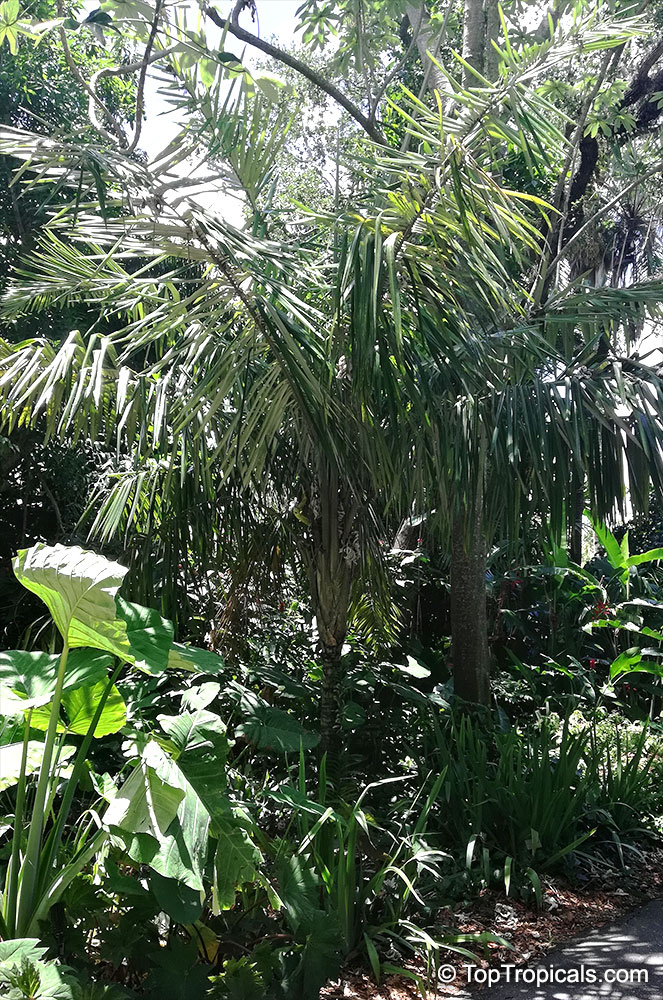How to grow tons of fruit in limited space - its incredible!
100 Papaya trees in 6"x100" strip
- 🍊 Yesterday we planted 100 Papaya trees in 6"x100" strip of the garden. That’s right - 100! This year, we’ll have BILLIONS and BILLIONS of fruit. Unbelievable! You should do it too. And here's how.
- 🍊 Want to grow more fruit trees? Different varieties? But look at your space - it's never enough! What can you do? Most people have no clue. But we do.
- 🍊 "Fruit cocktail trees" - great idea, right? Different varieties grafted onto one tree. Used to be very popular, especially citrus. But guess what? Doesn’t work well. The strongest variety takes over, dominates - very unfair.
- 🍊 The best solution? It's called "One Hole Planting." Genius! Just plant several varieties in the SAME hole. Each variety gets its own root system - no fighting, no losers. Just winners.
- 🍊 The absolute best candidates? Papaya Trees! (Carica papaya). They grow tall, straight, strong - just like a palm tree!
- 🍊 Here’s the trick: plant several varieties together. Both male and female trees (you thought male papaya was useless? Plant it in, and watch what happens!). It's the best way! Saves space, supercharges pollination, maximizes fruit production. You get different flavors, non-stop harvests.
- 🍊 Watch the video - 14 huge holes, 100 trees! It’s going to be HUGE! And guess what? We'll be back in just a few weeks - showing off the harvest! Stay tuned!
📚 Learn more from previous posts:
- 🟡 How to have fresh Papaya fruit year around
- 🟡 Top 3 most wanted Papaya varieties
- 🟡Carefree Garden: practical Guide to Growing Papaya.
- 🟡10 best fruit trees to grow in Florida and Southern landscapes. # 7: Papaya Tree.
- 🟡more posts about #Papaya
🛒 Shop Papaya Trees
#Food_Forest #Papaya #How_to
🔴 Join 👉 TopTropicals






































